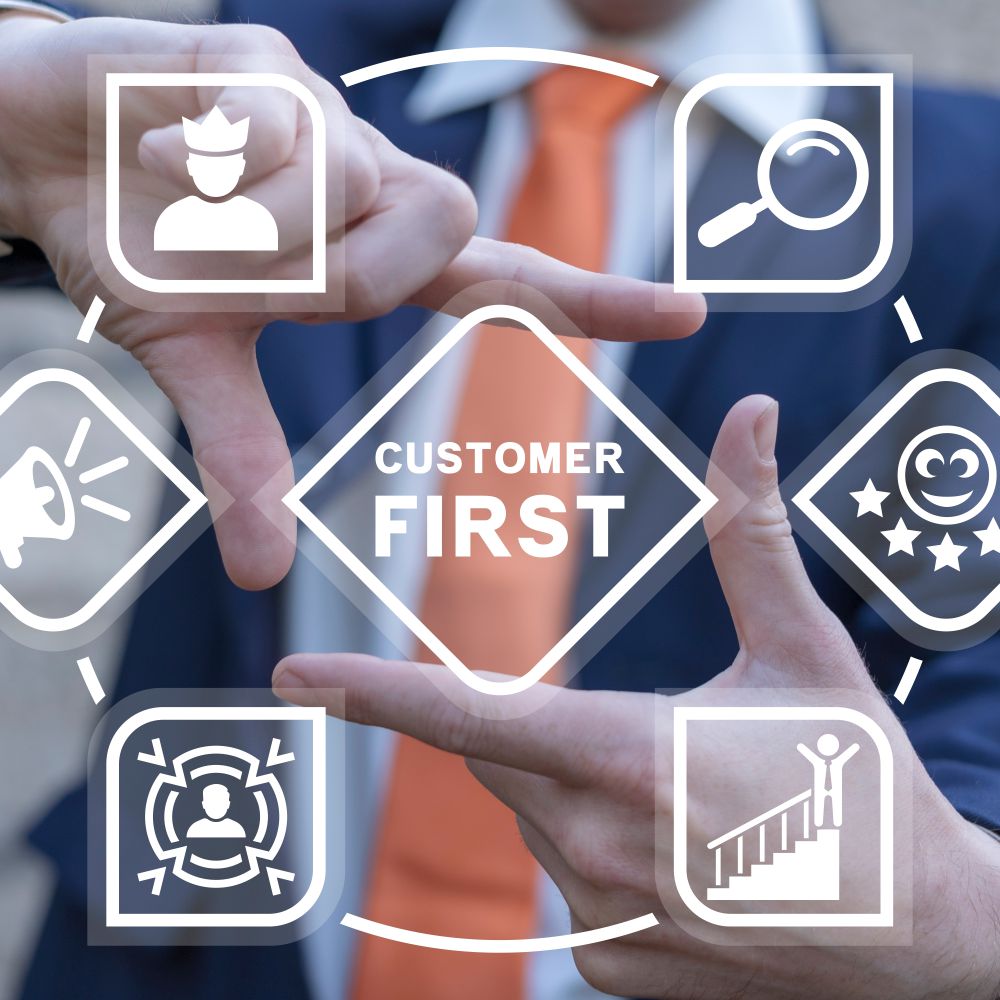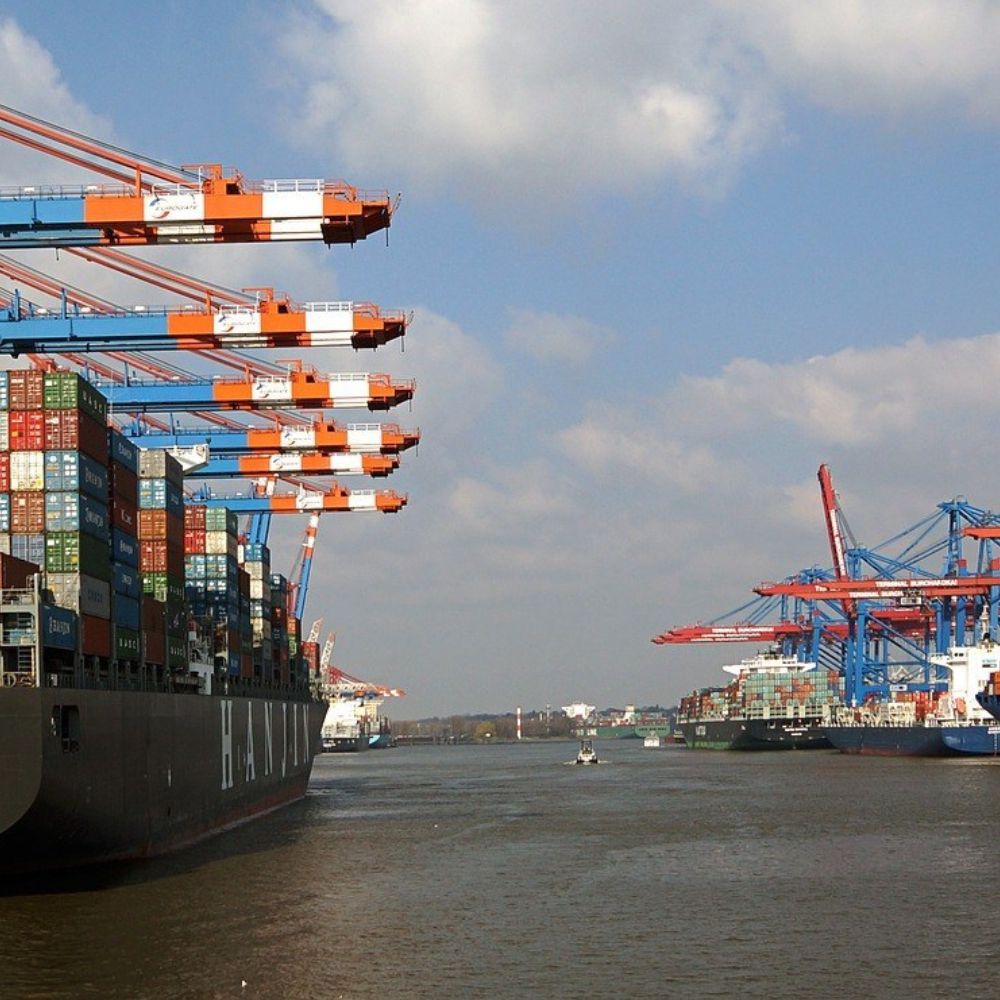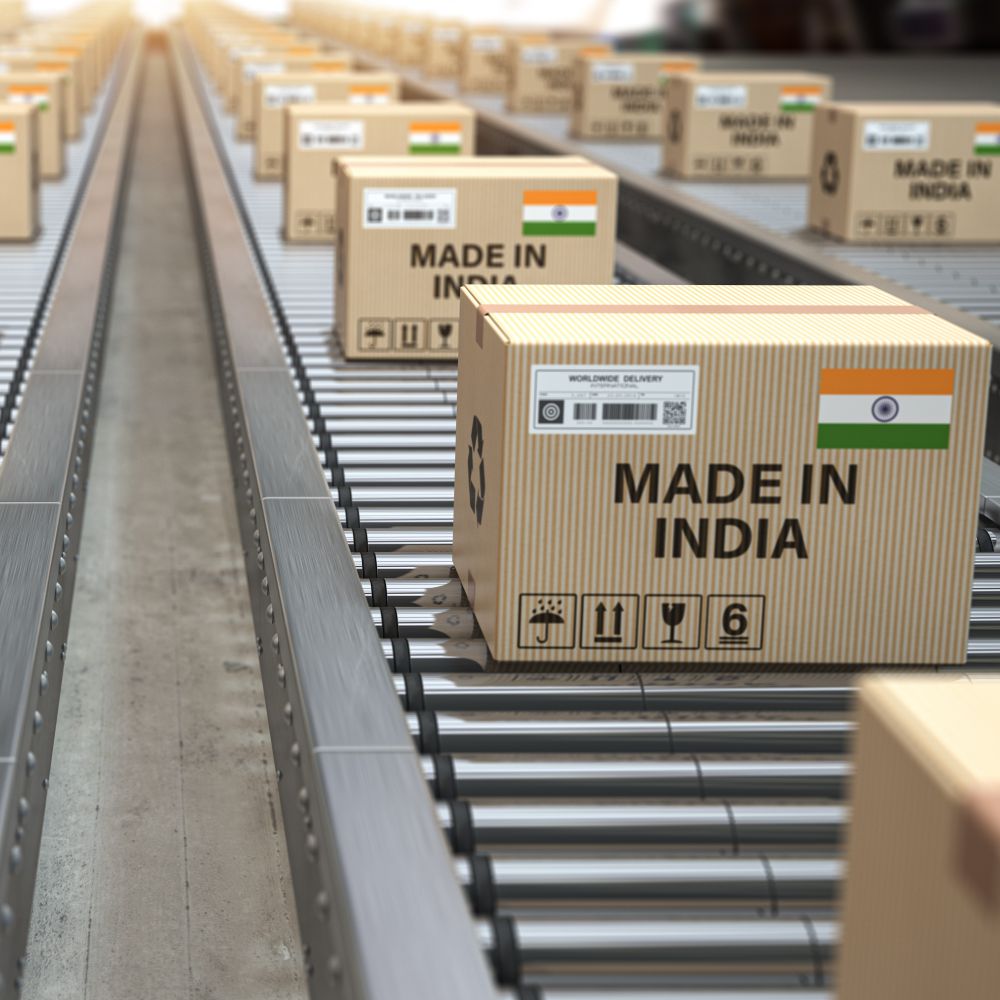Trade, Tech, and Tackling the Climate Crisis were the 3Ts that hogged the limelight during the recently concluded World Economic Forum in Davos. The indispensable role of supply chain in the global trade dynamics remained the spotlight of every discussion during this decisive global forum. Experts unequivocally iterated that global, interlinked crises require global, interlinked solutions. Here’s a quick recap of stance that unfolded at WEF…
The scale of the challenge, the sense of urgency, and the importance of collaboration was a thread that linked all the discussions at Davos, whether on Ukraine, the climate crises, supply chains, technology and innovation, health, the economy and so much more. The 53rd Annual Meeting in Davos covered a huge range of topics and themes at a difficult time for the global community as it faces a series of interlinked crises – as this year's Global Risks Report explained, a POLYCRISIS. It's against this backdrop that global leaders met under the theme 'Cooperation in a Fragmented World'.
“We see the manifold political, economic, and social forces creating increased fragmentation on a global and national level. To address the root causes of this erosion of trust, we need to reinforce cooperation between the government and business sectors, creating the conditions for a strong and durable recovery. At the same time, there must be the recognition that economic development needs to be made more resilient, more sustainable and nobody should be left behind,” said Klaus Schwab, Founder & Executive Chairman, World Economic Forum.
During a panel discussing ‘India’s Road to a $10 Trillion Economy’, Ashwini Vaishnaw, Minister of Railways, Communications, and Electronics & Information Technology, highlighted four key factors that will make all the difference: “The first dimension is to make sure India’s economy is resilient, and there is consistent 6-8% growth rate for a complete decade with moderate inflation.”
Second, as the world moves towards resilient supply chains, India must figure out how to ‘attract a large number of supply chain participants’ while using local research and development capabilities. The third and fourth cover areas of energy transition and digital transformation.
The Minister highlighted that India has been able to achieve ‘high growth, moderate inflation’ despite global economic turbulences. He further stated, “India has emerged an important destination for companies to expand their supply chain footprint with the government undertaking several initiatives such as production-linked incentive (PLI) schemes and abolishing archaic laws and compliances.”
“People want effective and resilient supply chains. Cost efficiency is ‘no longer the sole factor for the supply chains to be differentiated’. Supply chains have to work with whatever the magnitude of global disruption may be. There would be many supply chain partners who are looking at alternate geographies or new places. And India is of course a very important destination.”
“Assembly activities have increased in India over the last one-and-a-half years, and the wider component supply chain is shifting into the country. Homegrown companies are building components as well as playing a critical role in many parts of the supply chain, which is a very encouraging sign,” he said.
"Despite all problems with the global commons we face today, we can't solve them without multilateralism, cooperation and trade. We should not throw out the baby with the bathwater,” emphasised Ngozi Okonjo-Iweala, Director General, World Trade Organization (WTO). “Likewise, several speakers observed that despite the polycrisis we find ourselves in threatening a fragmentation of global trade, multilateralism and cooperation remain effective tools for prosperity. If the world decouples into even two blocks that would cost us 5% of real global GDP. Global economic fragmentation, including friendshoring, is bound to be expensive because it will lead to inefficiencies and duplication and thus to inflation.”
KEY SUPPLY CHAIN TAKEAWAYS THAT EMERGED AT DAVOS
Trade and investment emerged as an overarching theme in this year’s Annual Meeting in Davos. Over the last 12 months, despite widespread inflation; supply chain issues lingering since the COVID-19 pandemic; geopolitical shocks, including Russia’s invasion of Ukraine; and talks of deglobalisation and geo-economic fragmentation, global trade touched a record volume of $32 trillion.
Speaking at Davos 2023, Kristalina Georgieva, MD, International Monetary Fund (IMF) urged the international community to stay realistic about the prospects of an economic recovery.
She also issued a stark warning on the potential for global fragmentation of trade to slow or even reverse the fragile global economic recovery. She urged governments and the private sector to ‘be pragmatic, collaborate’ and ‘keep the global economy integrated for the benefit of all of us.’ On supply chains, she said, “If we diversify rationally, the cost of this adjustment would be low. We put it down to 0.2% of GDP. If we are like an elephant in a China shop and we trash trade that has been an engine for growth for so many decades, the costs can go up to 7% loss of GDP: $7 trillion.”
SUPPLY CHAIN DISRUPTIONS TO EASE IN 2023 AS FIRMS ADAPT
The World Economic Forum's (WEF) Chief Economists Outlook, produced for the WEF's annual meeting in Davos, found half (50%) of experts considered it either somewhat or extremely unlikely that there will be an adverse impact from supply chain factors. The report said this reflected “significant stabilisation after Covid-19 restrictions and integration of war-related disruptions in business planning”. Just one in five (23%) chief economists expect supply chain disruption to have a significant impact on businesses in 2023, according to a report. More than three-quarters (77%) of respondents expected businesses to respond to headwinds by optimising supply chains.
Fernando Honorato Barbosa, Chief Economist, Banco Bradesco, said, “Businesses will face a completely different economic environment from now on. We have not seen such a combination in decades: high rates, geopolitical uncertainties, energy insecurity, and the need to rethink the global supply chains. Amid that, there is a need to innovate, protect the environment, become more inclusive and reskill the labour force. No CEO has the roadmap to address these challenges in a smooth and predictable way. They will have to take larger risks and, as usual, face the burden of their decisions. Nearshoring and reshoring are expected to take hold this year as geopolitical trends overall are expected to continue to redraw the map of global economic activity.”
Every respondent viewed it as likely (73% somewhat, 27% extremely) that economic activity will continue to reallocate around the world along new geopolitical faultlines. The wider economic impact of these geopolitical realignments will be felt through trade, investment, labour and technology flows, creating ‘myriad challenges and opportunities for business, even as supply chain disruptions are seen to impose a relatively low drag on business activity in the coming year’.
Bangladesh and India may benefit from global trends such as a diversification of manufacturing supply chains away from China, the report said. Honorato Barbosa continued, “The long-term sustainability of a business has never been so dependent on these multidimensional factors. Taking care of its cash positions in an environment of worsening financial conditions is solely the starting point but might not be enough to grant the survival of a company in this new era.”
“Forging resilience, integration and financial robustness with an eye on the people and nature will be mandatory. The risk of de-globalisation and acting to fulfil only the company’s own interests is real, but that is not in the best interest of society. Easier said than done, but true leaders will be called into action like no other time in the past.”
END-TO-END GHG REPORTING OF LOGISTICS OPERATIONS
At the World Economic Forum Annual Meeting in Davos, Smart Freight Centre and the World Business Council for Sustainable Development (WBCSD) released a new guidance to advance the quantification and sharing of logistics emissions and support the logistics industry on their journey to net-zero emissions. The objective of this guidance, ‘End-to-End GHG Reporting of Logistics Operations’, is to enable companies to better understand and track their logistics emissions on a granular operational level and seeks to quantify the footprint of end-to-end logistics emissions, from supplier to final customer, with focus on primary data calculations.
Special focus was dedicated to multimodal logistics solutions, including ocean, road, train and air transportation. It sets out the data requirements, introducing a data quality index and the associated assurance requirements to support businesses in the implementation of their decarbonisation strategies.
This guidance builds upon and complements two existing frameworks. The first being the Smart Freight Centre’s Global Logistics Emissions Council (GLEC) Framework 2.0 – the globally recognized methodology for accounting and reporting of logistics emissions. The second being the WBCSD’s Pathfinder Framework – the guidance for accounting and exchange of product life cycle emissions.
In practice, the guidance provides solutions to core challenges faced in reporting of logistics emissions: reporting at a customer required level and from network operations; the combination and comparison of Scope 3 data with varying levels of granularity and differing reporting methodologies used; and, finally, a recommended assurance process to increase trust and confidence. This guidance is a springboard to further increase carbon visibility by enhancing emission data sets and the exchange of emission data that can be deployed in the industry.
IT'S ALL ABOUT COLLABORATION…
Barbara Frei, Executive Vice-President and Chief Executive Officer, Industrial Automation, Schneider Electric, stated, “Headwinds had severe repercussions on supply chains, and catapulted operational resilience, agility, sustainability to top of corporate agenda. ‘Lighthouses’ guide other players in the sector as they seek to overcome challenges and scale opportunities of the 4th Industrial Revolution. The next chapter in the industrial transformation story is to take the power of digitised manufacturing systems and apply them not just to single sites, but across organizations’ entire production and logistics networks and supply chains. These networks can consist of dozens, even hundreds, of sites – manufacturing facilities, warehouses, and the like – in many different countries and continents. Schneider Electric, for example, has close to 200 factories, over 80 distribution centres and thousands of suppliers with whom we’re working closely to tackle our scope 3 carbon emissions. To address the seemingly endless string of crises around us, companies need to fundamentally rethink how they approach industrial transformation – ensuring it happens in a systemic, digital, data-driven and holistic way that allows them to scale value and operational performance across multiple sites, throughout the entire enterprise.”
Børge Brende, President, World Economic Forum, in his closing remark, stated, "In an uncertain and challenging time, one thing is clear. We can shape a more resilient, sustainable and equitable future, but the only way to do so is together." For him, global trade systems are a 'lynchpin' for growth and resilience.
António Guterres, Secretary-General, United Nations, strongly emphasised, "There are no perfect solutions in a perfect storm. But we can work to control the damage and seize opportunities. Now more than ever, it’s time to forge the pathways to cooperation in our fragmented world."
Source: World Economic Forum

Categories

Magazine Editions






















